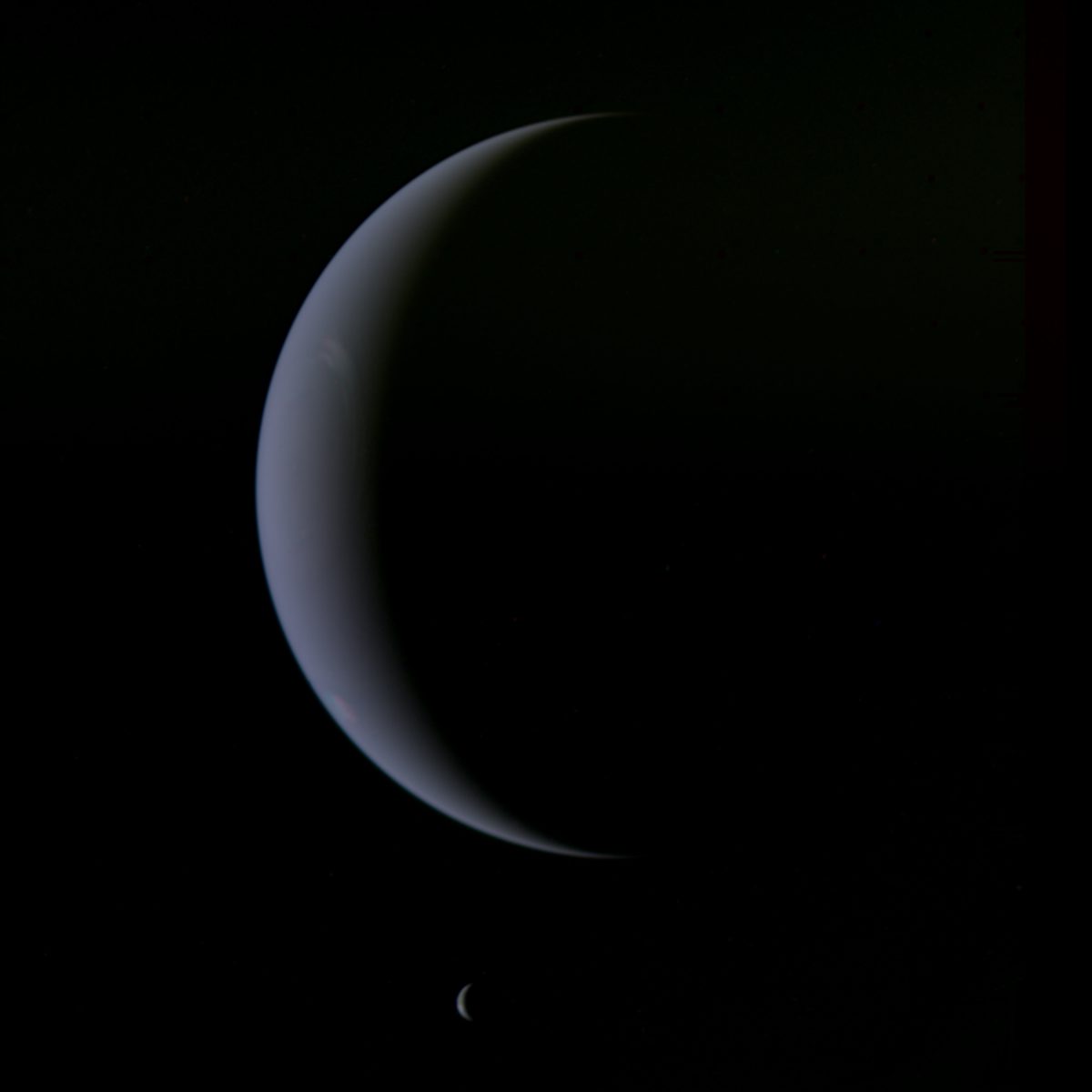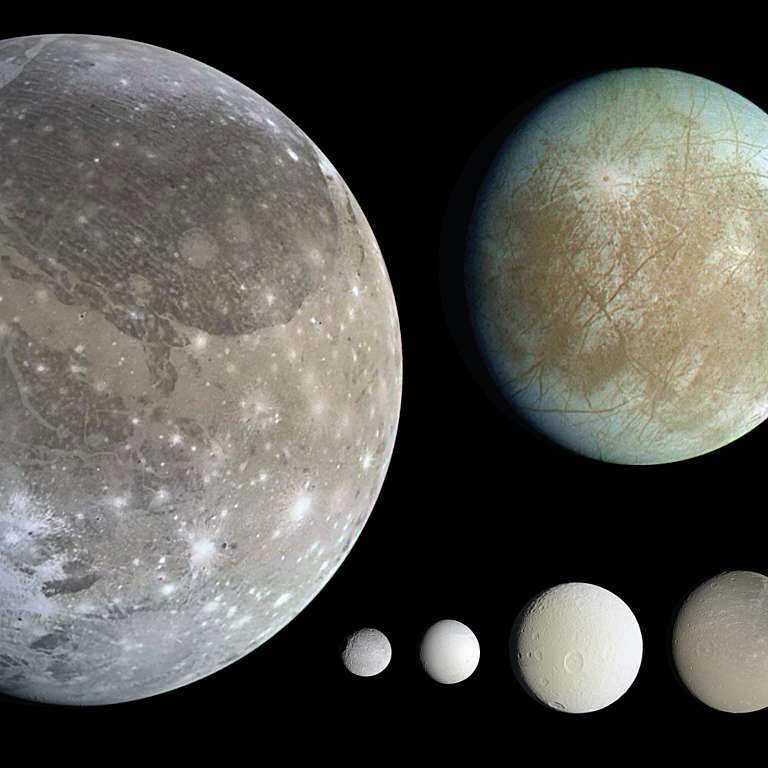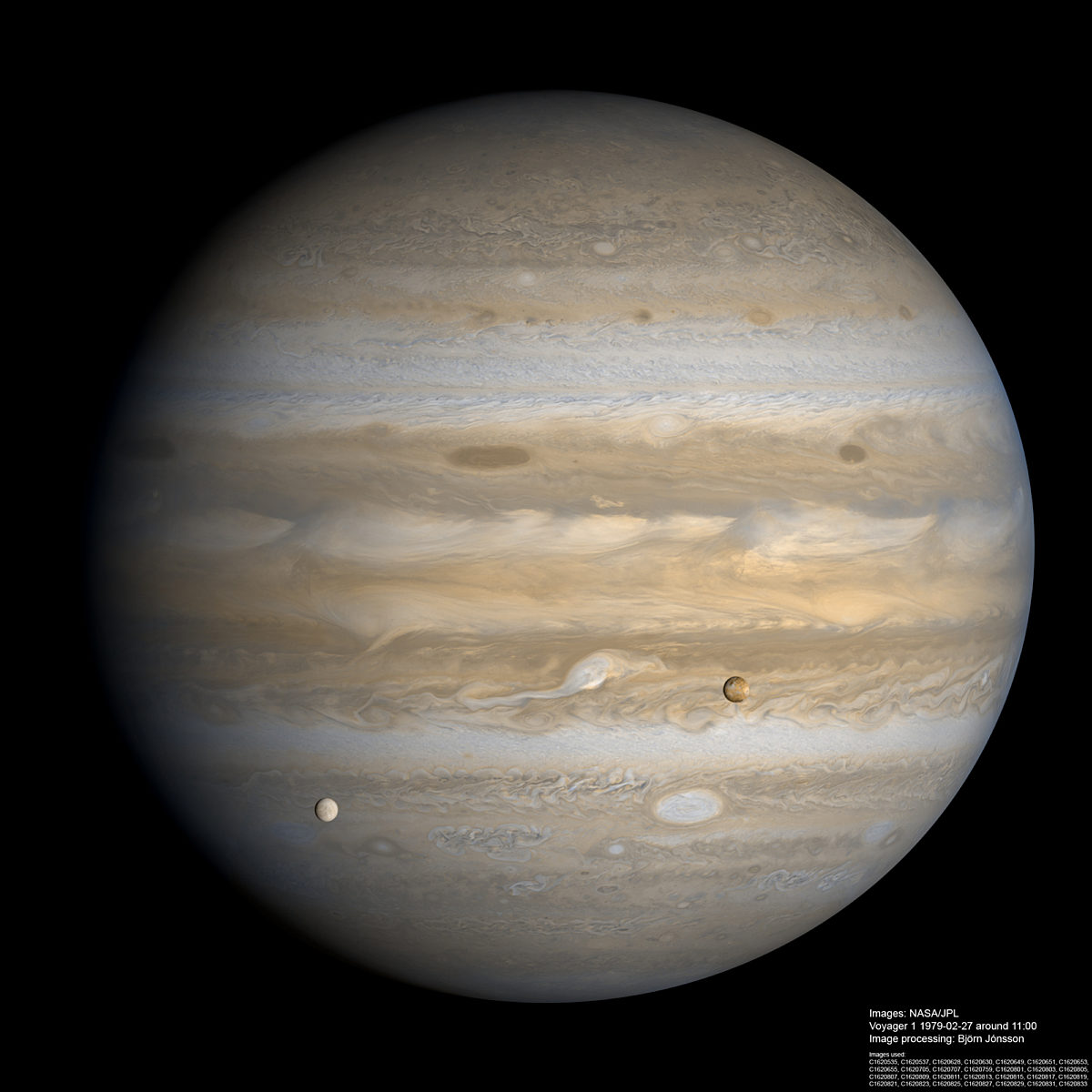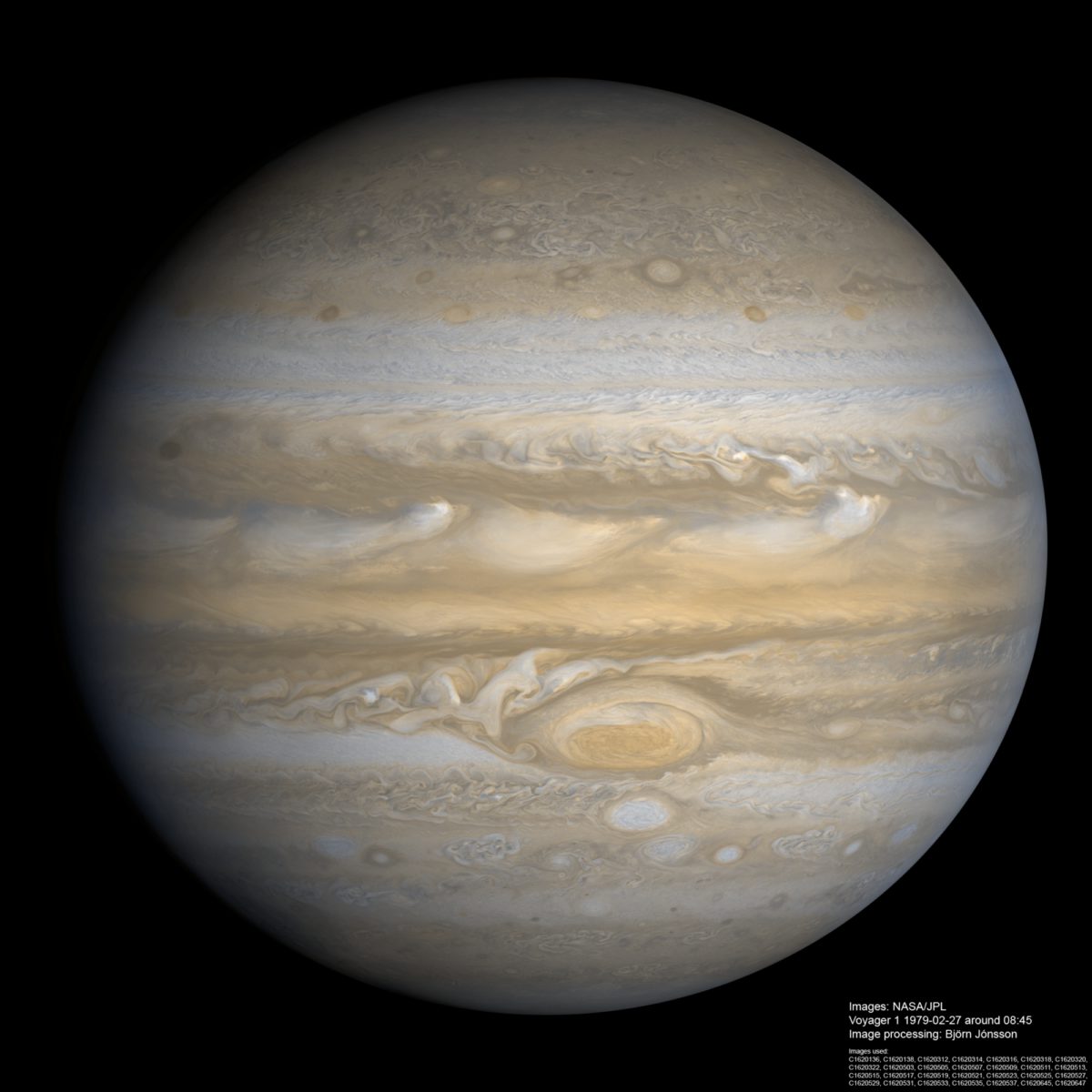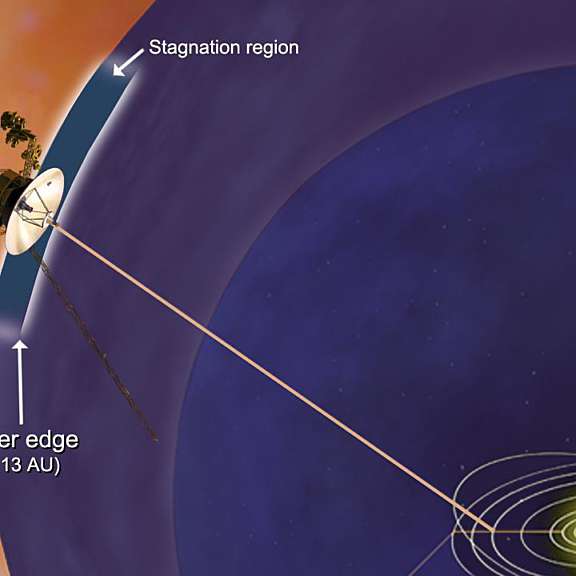All
All
Stories, updates, insights, and original analysis from The Planetary Society.
Voyager: A Tribute
The Voyagers were special when they launched. They have become more so thanks to their longevity, the breadth of their discoveries, the cultural payload they carried, and the sheer audacity of their quest.
Terra Cognita
Pushing back the frontier, and filling in the blank spaces on the map.
Lesser-known views of Uranus and Neptune
Despite the fact that Voyager 2 returned relatively few high-resolution images from either Uranus or Neptune, there are many more photos in the archives than regularly make it to public view.
Planetary Society Weekly Hangout: The Ice Giants, with Heidi Hammel
My guest this was Planetary Society Board vice president Heidi Hammel. We discussed two planets near and dear to our hearts, Neptune and Uranus. What's new on these icy worlds since Voyager 2 passed by, and what are the prospects for their future exploration?
LPSC 2013: License to Chill (or, the solar system's icy moons)
Reports from the March 19 session at the Lunar and Planetary Science Conference covering eight icy moons in the outer solar system: Ganymede, Europa, Dione, Rhea, Mimas, Tethys, Enceladus, and Miranda.
Mysterious Umbriel
Presenting a newly-processed version of Voyager 2's best images of Uranus' moon Umbriel.
Pretty picture: Neptune and Triton
On a lonely evening, what is one to do but to dip into archival space image data and surface with a gorgeous photo of a crescent Neptune and Triton?
Voyager 1 revisited: Io and Europa transiting Jupiter
What is the highest resolution global Jupiter mosaic that includes a satellite transit that can be assembled from Voyager images? Satellite transits are especially beautiful when the resolution is high enough for some details to be visible on the satellites so I decided to check this. And I was remarkably lucky.
A couple of gems from the archives
We're still working on migrating content from the old to the new website. This week, that means I am looking, one by one, through some great amateur-processed space images.
A Voyager 1 anniversary mosaic
Back in 1979 the twin Voyager 1 and 2 spacecraft flew by Jupiter. Some of their images were processed into color images and mosaics that have appeared countless times in books, magazines, on TV and on the Internet. Many of these images and mosaics are spectacular but they were processed more than 30 years ago using computers that are extremely primitive by today's standards. It's possible to get better results by processing the original, raw images from the Voyagers using modern computers and software.
Cure for the blues: processing images of a blue planet
I noticed today that I hadn't seen any amateur-processed versions of Voyager's departing shots of Uranus, so I decided to give it a try.
What's up in the Solar System in August 2012
Welcome to the monthly roundup of our solar system's envoy of electronic explorers! All eyes are on Curiosity as it approaches Mars this weekend. Who will lend support at the Red Planet?
Cartoon: Voyager's ongoing adventures
I'm not sure what to make of this YouTube cartoon about Voyager, except to say that it's simultaneously heart-wrenching, funny, and adorable.
Snapshots From Space Video: Revealing Jupiter's (Mostly) Unseen Treasures
Tens of thousands of Jupiter images were taken by the Voyager spacecraft, but relatively few have been processed to reveal their true beauty and wonder. The latest Snapshots video from Emily Lakdawalla explains why.
Pretty Picture: A snapshot of Voyager 1's departure from Jupiter
In this week's Snapshots from Space video, I talk about the Voyager 1 images of Jupiter -- how many there are (tens of thousands), and what a challenge they represent for image processors. But, I promise, the effort is worth it. Here's just one example: it's a color, crescent view of Jupiter, taken by Voyager 1 as it departed.
Pretty pictures: Voyager 2 at Jupiter
Here are two perfect examples of Voyager 2's amazing untapped treasures.
Iapetus' peerless equatorial ridge
A new paper in the Journal of Geophysical Research - Planets by Dombard, Cheng, McKinnon, and KayI claims to explain how Iapetus' equatorial ridge formed. Cool!
From the 2011 Fall Meeting of the American Geophysical Union (AGU): Voyager 1 at the edge of the solar system
A report on a press briefing about Voyager 1 at the Fall 2011 American Geophyisical Union meeting. The spacecraft has entered a new region between our solar system and interstellar space, which scientists are calling the stagnation region.
A Distant View of Triton
Ted Stryk reminisces on how he was turned on to astronomy.
Congratulations to the Dawn team on their orbit entry & pretty pictures!
There's a new orbital mission on the map! As of Friday, the relatively small mass of the asteroid Vesta has finally taken hold of its new artificial satellite, Dawn.


 Explore Worlds
Explore Worlds Find Life
Find Life Defend Earth
Defend Earth


 Sun
Sun Mercury
Mercury Venus
Venus Earth
Earth Mars
Mars Jupiter
Jupiter Saturn
Saturn Uranus
Uranus Neptune
Neptune Small Bodies
Small Bodies

